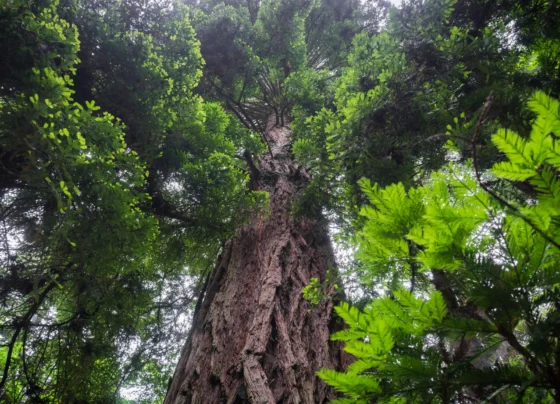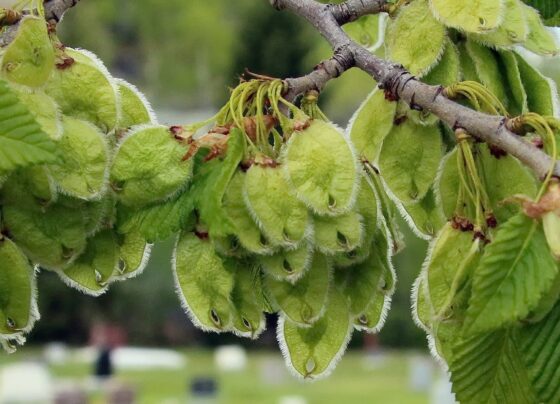Seeds offer nature’s promise of growth and renewal, containing inside their tiny shells the essence of life. These tiny pods could be born fresh trees and vibrant blooms or even crops that carry genetic material inherited from their parents. Each one of them carries the genetic code passed down from the plant that gave it its name.
In addition to their humble look, the seeds provide amazing instances of adaptability and resilience with innovative methods to disperse and survive. From dandelions’ wind-borne seeds to succulent fruits of berries and progeny that are stored in them seeds help in providing ecosystems that are diverse.
Gardeners love seeds for more than practical uses; they appreciate them for the feeling of wonder that they inspire that evokes memories of fresh beginnings and the nature’s never-ending cycle and invites us to participate in its eternal process of planting while watching life’s ever-changing beauty.
- Gardening Overalls
- June 1, 2024
- Gardening Overalls
- June 1, 2024
Redwood Tree Seeds | Types | How to grow
- Gardening Overalls
- June 1, 2024
Palm Tree Seeds
- Gardening Overalls
- May 10, 2024
Growing Calibrachoa Seeds| Tips for Million Bells
- Gardening Overalls
- May 9, 2024
Birch Tree Seeds: Types, Growing from Seed, and Seed Pods
- Gardening Overalls
- February 20, 2024
Poplar Tree Seeds
- Gardening Overalls
- February 19, 2024








